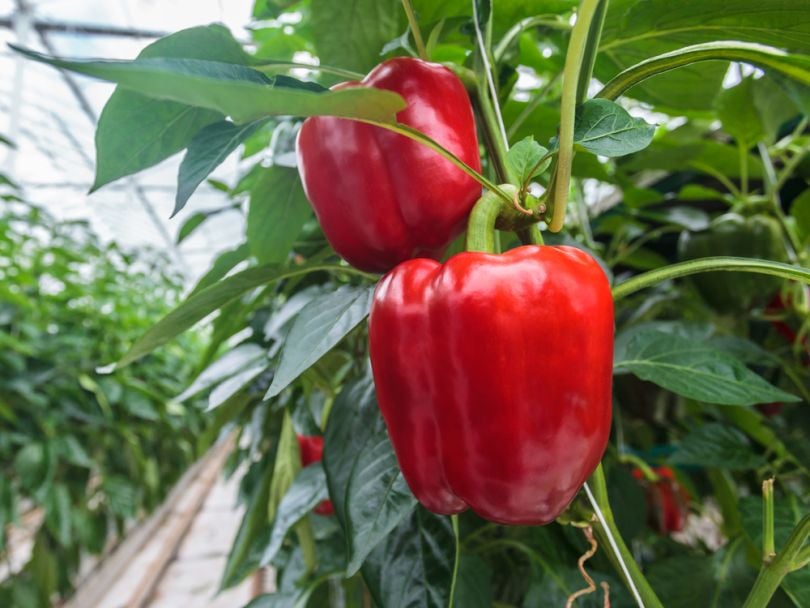
Forecasts from the Market Research Engine anticipate that the market for agricultural robots will soar to $75 billion by 2025. A shortage of farmer workers and rising cost of labor is fueling the growth of automation in agriculture.
The researchers from Europe and Israel behind Sweeper, a robot that can pick ripe peppers in a greenhouse, insist technological advances in this field are long overdue.
“In modern greenhouses there is a high demand to automate labour. The availability of a skilled workforce that accepts repetitive tasks in the harsh climate conditions of a greenhouse is decreasing rapidly. The current state of the art in automated harvesting of fruits and vegetables has remained remarkably stationary in the past decades.”
“In modern greenhouses there is a high demand to automate labour. The availability of a skilled workforce that accepts repetitive tasks in the harsh climate conditions of a greenhouse is decreasing rapidly. The current state of the art in automated harvesting of fruits and vegetables has remained remarkably stationary in the past decades,” according to the research team.
CNBC reports that this prototype, built as part of the EU’s Horizon 2020 innovation program, has a camera that can recognize the color of a pepper. Using computer vision, the robot determines whether the fruit is ripe for picking. If the fruit appears ripe, Sweeper cuts the stem using a small razor, catches the fruit in this robotic “claws” and drops it into its collection basket.
All in all, this process takes 24 seconds per pepper, though the speed is intentionally slowed for safety. Sweeper’s LED lights enable it to to work after daylight, for about 20 hours a day. Sweeper still struggles to identify ripe fruit, however, given its current 61 percent rate.
Once this and other bottlenecks are addressed, the research team hopes to have a commercial version on the market within three to five years.



